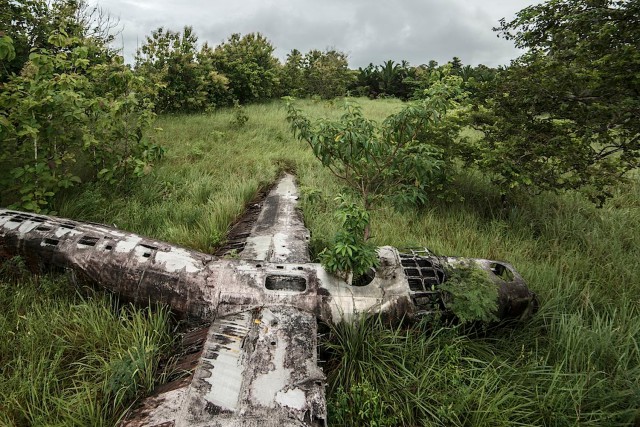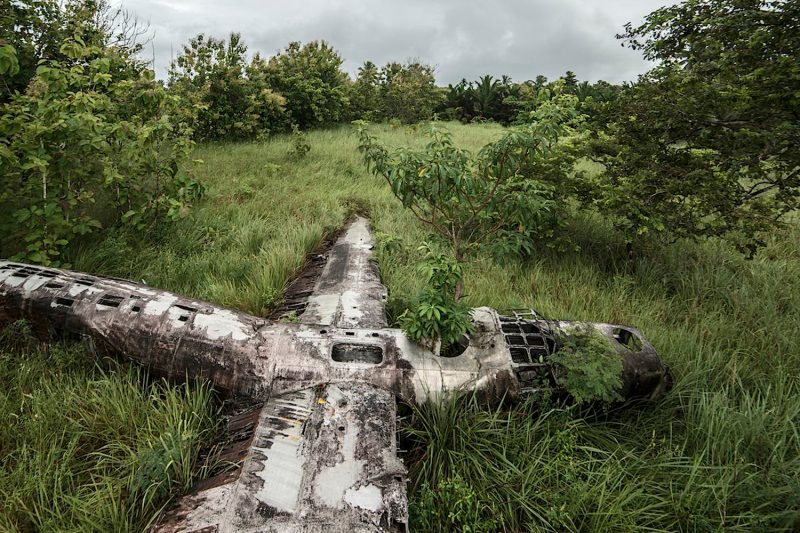
Papua New Guinea is littered with the remains of hundreds of Americans that are still missing in action (MIA) during the Second World War. It is just one of the locations where US service personnel lost their lives and are still officially unaccounted for. Records held at the Pentagon show that the remains of over 73,000 people have yet to be found worldwide, and in 2009 Congress said that at least 200 of these were to be identified each year by 2015. That hasn’t happened, and earlier this year the Department of Defense initiated a renewed effort, this time involving the use of private contractors and non-profit organizations to assist in the searches.
One such contractor is Pacific Wrecks, Inc., headed by Justin Taylan, who has made many trips to Papua New Guinea’s dense jungles and swamps over the past twenty years. Since 2013 those visits have been on behalf of the new Pentagon initiative, and have resulted in the identification of 80 World War II sites, including 8 aircraft crash locations – all of them related to US missing-in-action cases.
A Florida-based organization called History Flight investigated Tarawa, a Pacific atoll where, in November 1943, American marines fought one of the bloodiest battles of the war against 3500 Japanese troops. During the battle 1106 Marines died. There were just 17 Japanese survivors. History Flight has recovered the remains of 36 US Marines, out of a total of 560 still unaccounted for.
As part of the renewed initiative, University of Wisconsin’s Missing in Action Identification and Recovery Project will collaborate with military officials and a Japanese organization called Kuentai-USA, which has found Japanese and American MIAs on Saipan, the scene of a major battle in 1944.
Each discovery means that living relatives of those missing in action can at last be reunited with the remains of their long-lost loved family members. One such relative was Mark Shoemaker, whose uncle Edward F. Barker disappeared without trace whilst flying a training mission over Papua New Guinea in 1944. In 2012, human remains were discovered there. They were finally identified in July of this year, and were flown home to Barker’s Mohawk Valley hometown for burial, the Toronto Sun reports.
“It will be the opposite of most funerals,” Shoemaker said. “Usually people gather to say good-bye and they are sad. In this case, we welcome him home and we are happy that he’s back.” Mark received a package containing his uncle’s dog tags, a religious medal, a watchband with aviator wings, and flight school rings.
